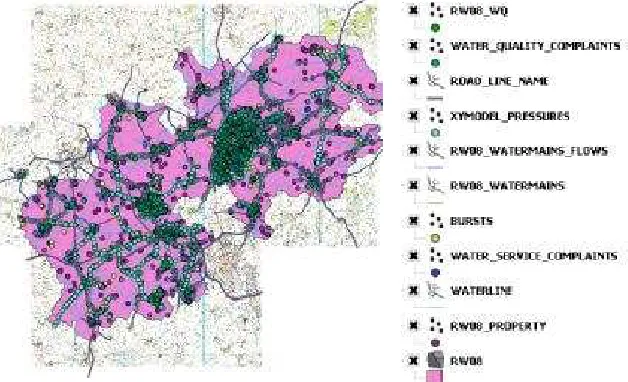Self-Organizing Maps For Knowledge Discovery From Corporate Databases To Develop Risk Based Prioritization For Stagnation
Full text
Figure




Related documents
“The business community needs to support STARS, whether it’s in Alberta, Saskatchewan or Manitoba,” said Doug, adding that as a businessman, he can identify
Note: To be a part of the Program and receive rental payments from the Housing Task Force, the following must occur: (1) property owner must enter into HAP Contract with the
Nurse leaders need to support in-service education and training for all levels of staff involved in care provision, based on identified needs and continuing education
The following Graduate, Post Graduate Courses and Reseach programmes are run by the Faculty of Management Studies at main campus, Haridwar as well as Kanya Gurukula Campus, Dehradun..
Our results contribute to the study of strategic cost management through resource procurement choices under demand uncertainty by providing empirical evidence connecting asymmetry
When we read the account by Sister Emmerich of the life of Jesus Christ, we are on a secure foundation for understanding the truth... clairvoyant descriptions of Emmer- ich.)
Domestic Rooftops Electricity retail price, residential sector DECC, Updated Energy and Emissions Projections 39 Domestic Rooftops Average of domestic electricity price, FiTs export
Findings revealed that self-esteem of depressive patients and normal population of same age group differed significantly (p < 0.01) which indicates that depressive patients have